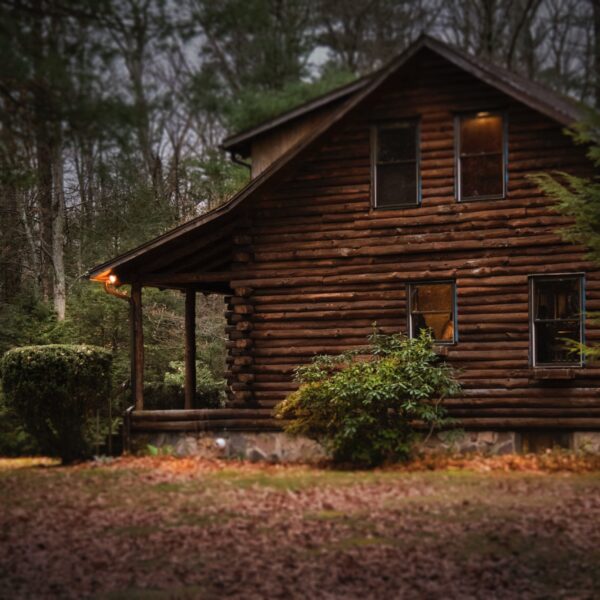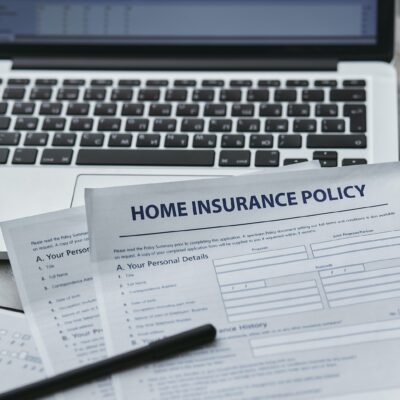When looking at buying or leasing out a property, there are standard elements to look out for, such as dampness, corrosion, boiler, and electric wiring. However, an important aspect that isn’t talked about enough is Non-standard construction, and how you can be affected. Ensuring you know about what it is and how to prevent buying a property that has non-standard construction is very important and making sure our clients understand all the ins and outs of it is our number one priority here at Emma’s Properties.
What Is Non-Standard Construction?
Non-standard construction means properties that have been built using alternative methods and/or have been made from building materials other than brick or stone. An example of these types of properties are post-WW2 homes, as they were built using prefabricated concrete, and there are currently around 1 million in the UK. Other non-standard construction homes are log-style cabins and timber-framed buildings. Roofs also count. If it isn’t made from slate or tile, then it is classed as a non-standard construction property, so a thatched cottage or a house with a tin roof would fall into this category.
What makes these properties significant is the set of risks that come with them. If the house is made from concrete, then over time the concrete will crumble and need to be reinforced, which can be costly. Similarly, if the house is made out of timber, wood or has a thatched roof, then these can be fire hazards, and is therefore something to consider with your search. They may require more care and attention, but they also frequently cost more to maintain because it can be harder to find the specialised materials and qualified tradesmen needed to do the work.


What To Look Out For To Ensure You Aren’t Buying A Non-Standard Construction Property
It’s crucial to be aware that the UK has more registered building types than almost any other nation in the world, including more than one million prefabricated concrete homes, if you’re looking for a home and are flexible about the kind of property you desire.
Another way to ensure your home is ideal to buy is to get a Level 3 Survey done. An in-depth examination of the subject house will be part of the Level 3 Survey. The report will then draw attention to any potential flaws or issues that require attention. It’s also advised that you locate a RICS chartered surveyor with knowledge of unconventional homes. They will be equipped with the crucial expertise needed to find concealed flaws that other surveyors might overlook. Some property surveyors will advise you to schedule a second, more invasive survey to evaluate the structural safety of the structure.
Examples Of Non-Standard Properties
Here are a few examples of building profiles that fit under the category of non-standard construction buildings, along with a brief explanation of why they are non-standard:
Thatched homes: These require specialised non-standard home insurance coverage because they can be costly to repair and run the danger of suffering major fire damage.
High-value homes: Over a certain value or size (typically more than six bedrooms), a non-standard home insurance policy is frequently required.
High Flood risk areas: Obtaining insurance can be complicated since, regardless of the property, the insurer is taking on a greater degree of risk.
Flat roof homes: They are more susceptible to leaking and weather damage. Some insurers don’t cover them because they’re also simpler for thieves to access.
Listed buildings: They frequently date back more than 100 years, making repairs costly because they call for conventional tools and techniques.
Mortgages For Non-Standard Construction Properties
When trying to purchase a home with non-standard construction, you could run into problems not only finding the building’s insurance but also trying to arrange the mortgage. Similar to how insurers frequently approach non-standard properties, mortgage lenders frequently have a wary eye for them.
Demand is primarily to blame, but there are other elements as well. Mortgage lenders, who always plan for the worst, believe it will be more difficult for them to recover their losses in the event that you default on your mortgage because the market for non-standard housing is a little bit more constrained than that for an ordinary property. The second justification is upkeep.
Lenders are worried that you won’t maintain the house because it may need more upkeep than a conventional piece of real estate. Again, inadequate maintenance can lead to a drop in property values and, in the event of a foreclosure, result in a loss for the lender.


Insurance For Non-Standard Construction Properties
Due to the additional costs and risks, you would require specialised insurance, which could be more expensive. Finding a specialised insurance is not impossible, but it might be difficult. Many mainstream insurers lack the essential, specialised knowledge required to assess the risk posed by the property. Sometimes this leads to them declining to offer a quote or charging exorbitant fees. Before making a non-traditional property purchase, it is suggested that you choose a specialised insurer to safeguard your real estate interests.
Get In Touch
If you’re looking at buying, renting or leasing out a property, then we are professionals here at Emma’s Properties, and we aim to provide you with experts in the field of real estate. If you would like to know more about non-standard construction and how you can be affected, then get in touch with us today and we will be happy to provide you with more information.




